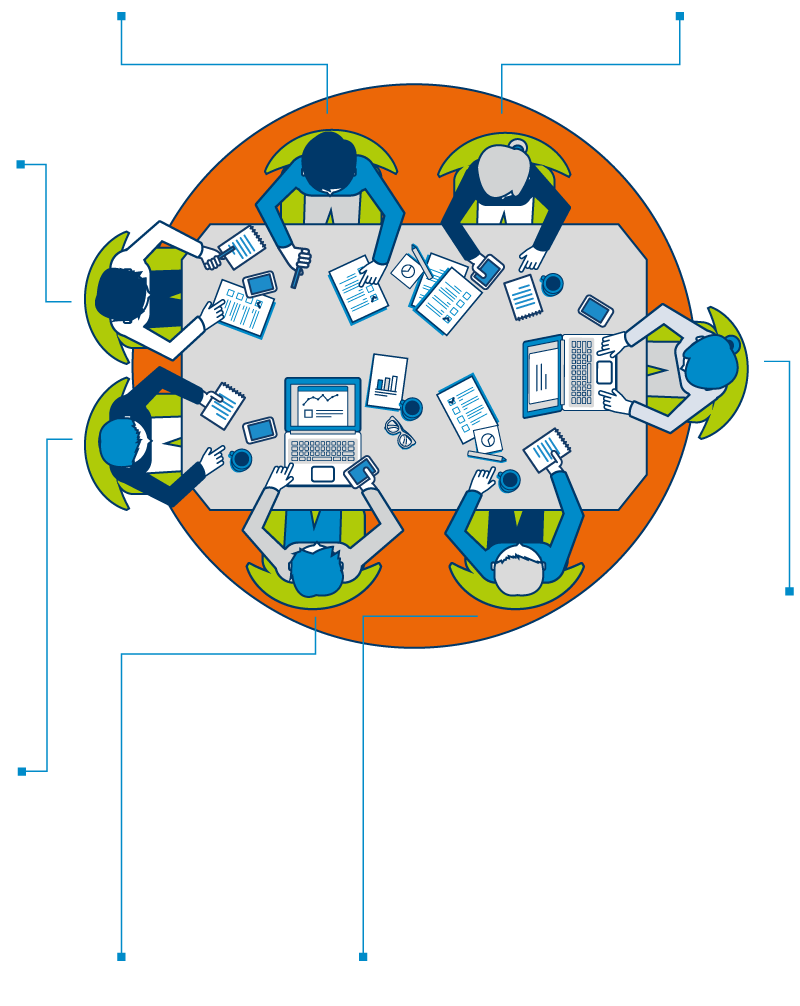- About us
- Inclusive organisation
- Methods & instruments
- Sharing Knowledge
- CONTACT
Shortages in personnel arise due to demographic changes. There is a growing group of elderly people who no longer participate, whereas the amount of young participating employees barely increases because of the birth rate dropping. At the same time, the capacities of a large group of people who are searching for jobs, remain unused. The labour market has developed in such a way that a growing group of people is unable (or no longer able) to participate in a paid job. This phenomenon is often described as people having a distance to the labour market. However, there is much to be said for the opposite: the labour market has distanced itself from the capacities of many people.
Most people who are unable to independently participate in the current labour market are perfectly capable of contributing to ‘regular’ organisations – they just need support or a facility. An organisation needs to put in a little extra effort in order to hire someone like this; a sense of commitment, engagement and understanding from the nearest co-workers, for instance. Still, these people are assets to any organisation. Workplace inclusion has proven to be a successful direction for organisations to take.
The organisation supports people who have a harder time participating in the labour market. When given this opportunity, an employee who is unable to independently participate in the current labour market feels included in society again.
Certain sectors and organisations, such as the technical sector, often face problems when trying to fill vacancies. This may be surprisingly easy to solve if they have another look at tasks and redesign them. This way, employees can focus on tasks that fit them and their capacities best and organisations can appeal to people who are unable to independently participate in the current labour market as well.
In inclusive organisations, every employee focuses on the tasks they are qualified and trained to do. It’s just more efficient that way.

Through reorganising work, organisations create room to hire people from the ‘Banenafspraak’ target group. By doing this, organisations prevent having to pay eventual quota fines.
To an increasing amount of clients, contractual agreements on social return are important. These clients only do business with organisations if people who are unable to independently participate in the current labour market carry out (at least) part of the work agreed on.
Organisations looking to make a difference in their neighbourhood, often hire employees with a disability who live in the area and whom customers know well.
Bringing together employees with a broad variety of capacities adds colour and creativity to organisations. Bringing every employee’s capacities to their full potential provides challenges and surprising insights for everyone.
If you want to become an inclusive organisation as well, check out Methods and Instruments for various possibilities.
If you have any other questions, you can contact us anytime.
Lindsay, S., Cagliostro, E., Albarico, M., Mortaji, N., & Karon, L. (2018). A Systematic Review of the Benefits of Hiring People with Disabilities